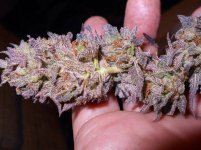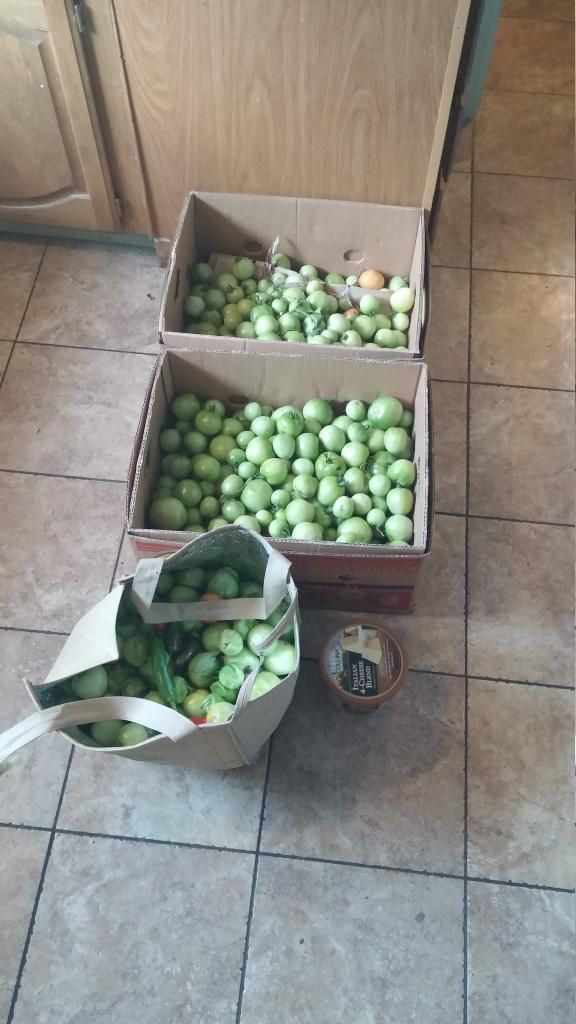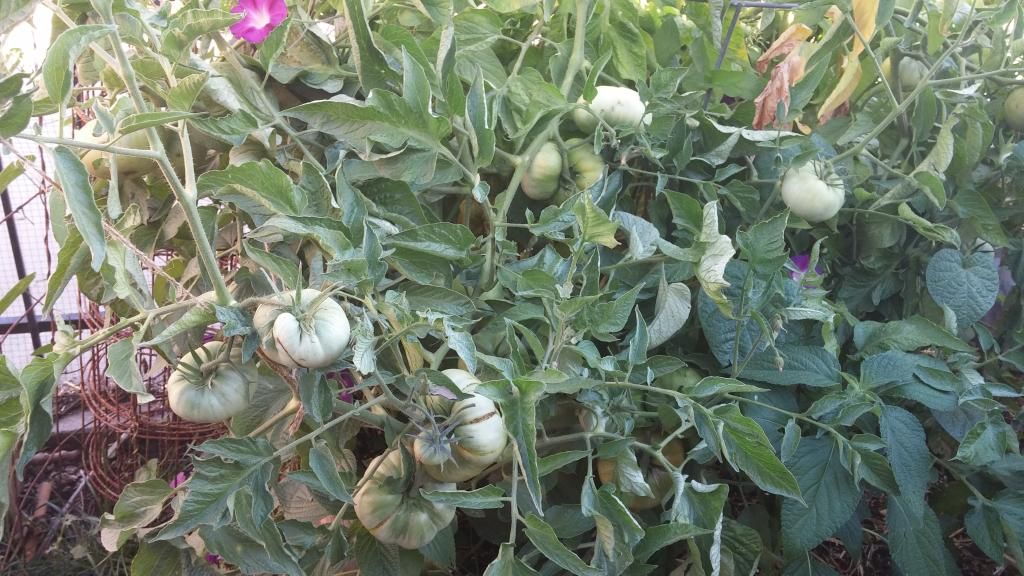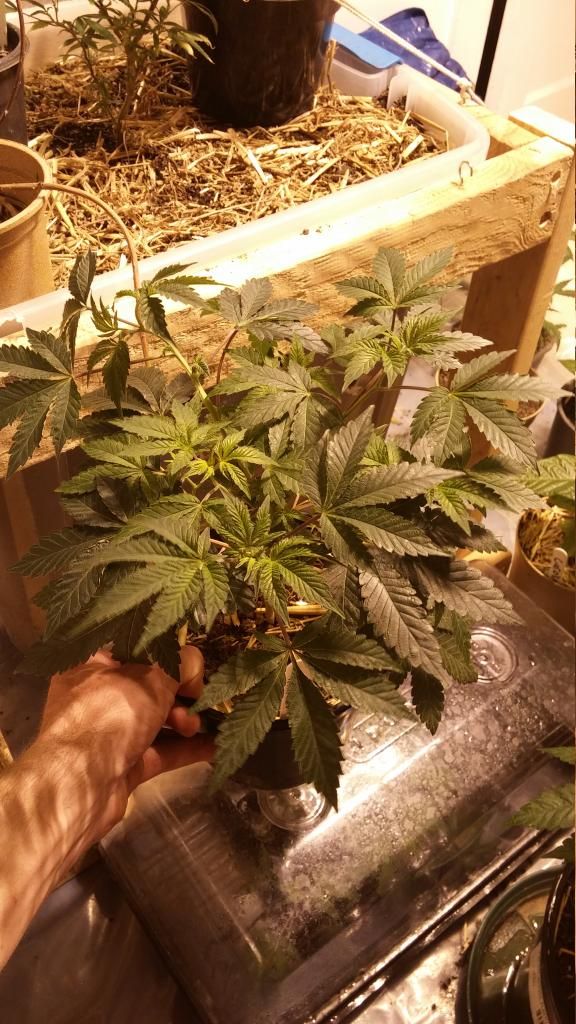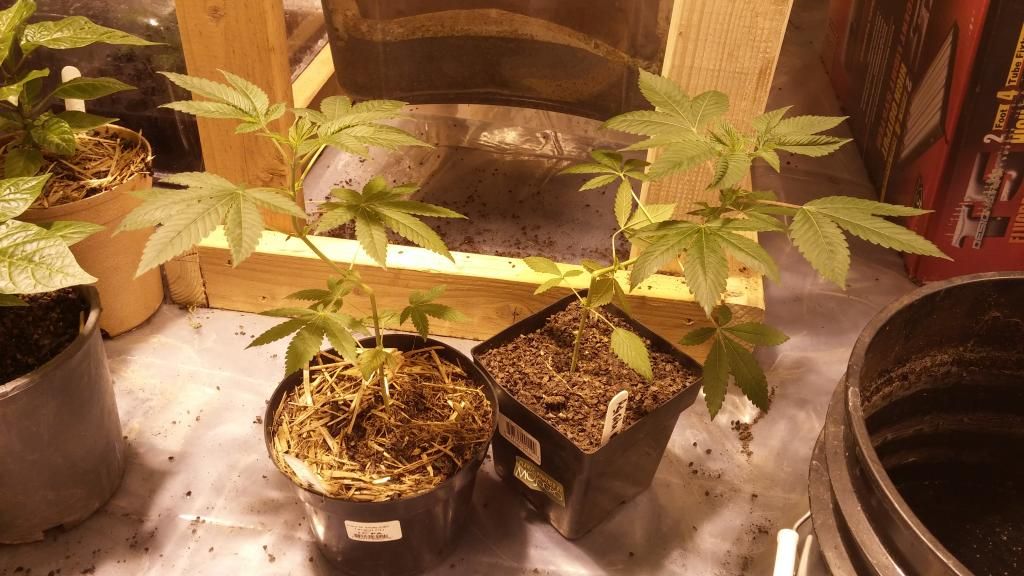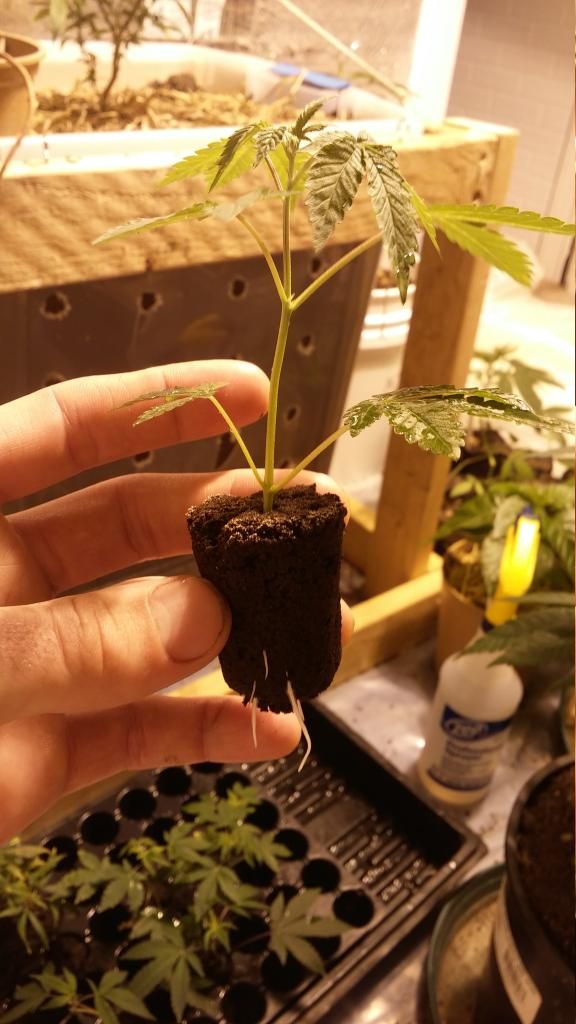I'm sure it was just luck that I picked #9
No I don't have any left, ran all that I got to pop. I got two nice plants from them but they didn't make the cut after the cure on them. Was good smoke but not the stand outs that I thought they were going to be. They had great taste but not much smell and the high was just middle of the road so to speak.
They can't all be winners but wish I had got one that is for sure.
Looks like I will have to wait for PDP 2.0 to find my keeper.
My soils were out of balance while running most of the GDP's
I added a pure amended peat mix and mixed into my old soil.
Kicking ass now.
BUT! Good growers learn from every mistake, search for causes, fix um as best as you can, move on.
We keep moving forward, though most new breeders would have stopped with the original Dark breedings and quit from the embarrassment

Shit is getting better, utilizing labs instead of my opinions.
Trashing the crap, keeping the best.
Only the seeds from the best female, whether GDP or purps will be kept.
PDP 2.0 will be done right, and with better stock.
I'm on a mission


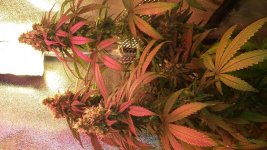
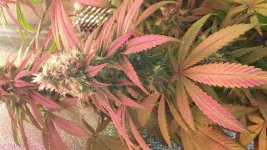
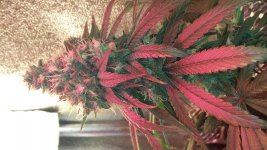
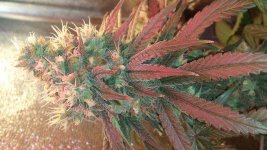
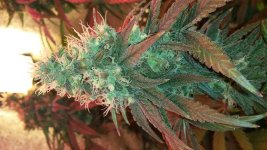
 ~ Good Morning!
~ Good Morning!
